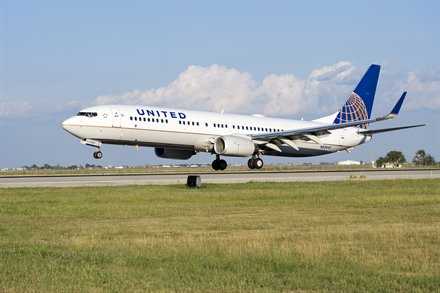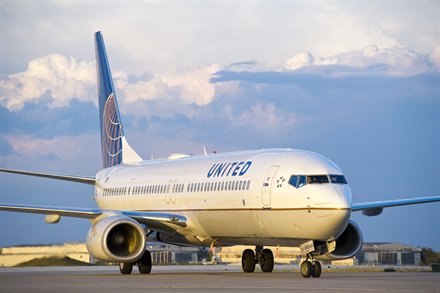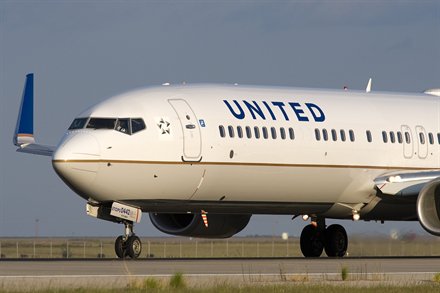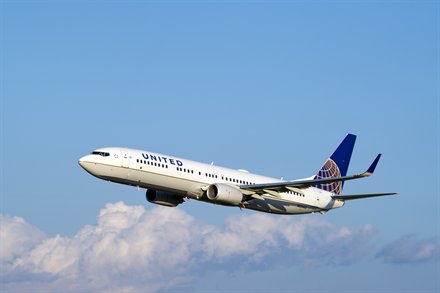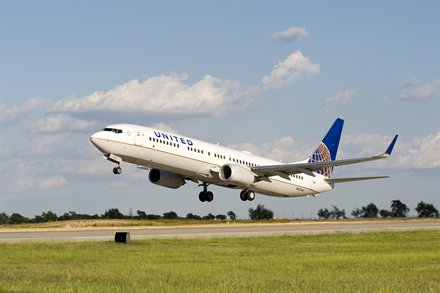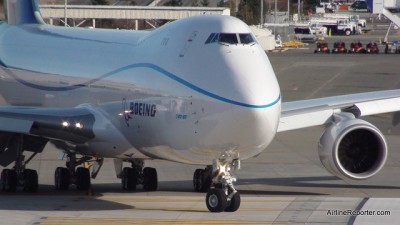I have confirmation that the first flight for ZA006 will be Monday at Paine Field. No confirmation of time, but most likely it will be set to take off at 10am.
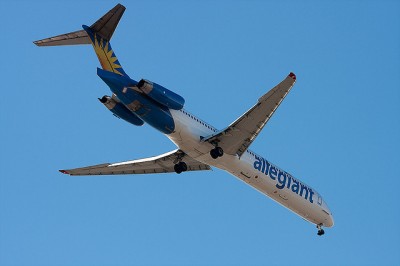
Allegiant Air MD-83
If you follow Allegiant Airlines on Twitter, you noticed a lot of announcements for new routes recently. I have been talking a lot about their Boeing 757’s getting painted in their livery, but I wanted to talk about all the new action their MD-80’s will be seeing. Here is a list of new routes they announced that will be starting next week:
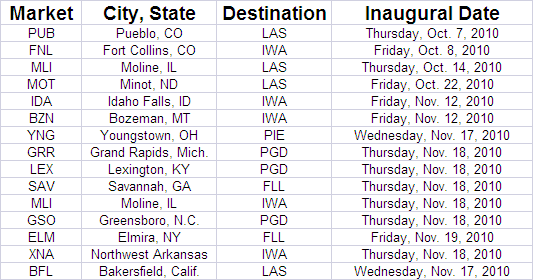
Some of the new Allegiant routes start next week
Just in time for the winter to allow people in colder climates to get to warmer ones. All these new flights will be flown by Allegiant’s MD-80 aircraft. This means (hopefully) there should be some more announcements here in the near future that involve Allegiant’s new Boeing 757s.
One destination I am disappointed not to see is Paine Field. As I discussed earlier in the year, Allegiant Air and Horizon Air were looking to fly into Paine Field, which is located about 20 miles north of Seattle. At this point, everyone is still waiting and no decision has been made.
Image: Silenus81Click for a larger version
I guess the big news should be that the merger between United Airlines and Continental Airlines has gone through. yea, that is big news, the new United is now the largest airline in the world. However, this wasn’t a big shock it was going through. I am a bit more excited about these six photos of the new combined livery.
Hmm. When I saw the mock-up on the Boeing 787 I really liked it, especially with the new font. Now, I don’t know what to think seeing it on a real Boeing 737. Well my first reaction is it looks like a Continental Boeing 737 with the wrong title on it. Nothing that different or radical.
I think I will hold my final reaction with a bit more time. Right now my mind is having a hard time processing “United” on the side of a plane with Continental livery. I am sure after seeing it for a while it will start to look normal. I mean I really like the Continental livery and I like the look of this livery, I just think my brain is having a hard time computing the combination. I didn’t think I would miss the current United livery, but I think I might miss it a bit now.
What are your thoughts?
UPDATE: check out the livery in United Express set up and the new livery on a Boeing 757.
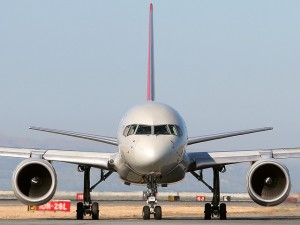
Northwest Airlines Boeing 757
There has been a lot in the news about airline mergers and buy outs. Delta & Northwest, United & Continental and most recently AirTran & Southwest. Some in the media throw around “merger” and “takeover” interchangeably, but they are very different. When two airlines come together, there are two types of sale agreements: the merger and the takeover.
I got an email from a reader (thanks Jay) asking about the difference between an airline merger and take over. I am not a financial professional, but I want to try my best to point out the major differences. If you have any more to add, please feel free to leave a comment!
MERGER:
This is when two companies come together blending their assets, staff, facilities, and so on. After a merger, the original companies cease to exist, and a new company arises instead. Sometimes the new entity will take the name and brand from one of the airlines, but sometimes an entirely new brand can be created.
Delta and Northwest merged, leaving the Delta brand. United and Continental merged, which will leave the United brand. In mergers like these, management needs to work hard to come to certain agreements, figure what/who will be cut and how the new airline will operate. Of course, this can be a very complex process for both airlines to undertake.
TAKE OVER / BUY OUT / ACQUISITIONS
In a takeover, a company is purchased by another company. The purchasing company owns all of the target company’s assets including company aircraft, trademarks, routes and so forth. The original company may be entirely swallowed up, or may operate semi-independently under the umbrella of the acquiring company.
In the case of Southwest buying out AirTran, the AirTran brand will disappear and be absorbed by Southwest. It is not a merger and Southwest will own the assets of AirTran and have complete control. This process is easier than a merger, since management at Southwest has the final say, but they need to successfully share their culture with the employees at AirTran and make sure they feel welcome.
Alright, I hope that helps some!
Image: fiveholerYou know the folks over at Boeing have to hate the “d” word right about now. That word, of course being “delay.” The Boeing 787 and 747-8 programs have been taking turns announcing new delays. Since the 787 team announced the last delay, it was inevitably the 747-8’s turn.
Delays look bad and they cost money, but they occur for good reason. Even though the new Boeing 747-8 might look very similar to the Boeing 747-400, there are a lot of changes and of course Boeing wants to make sure the aircraft is fully prepared before first delivery.
The most recently 747-8 Freighter delivery is caused from low-frequency vibration in certain flight conditions and an aileron actuator not performing correctly. These won’t require any structural changes, but it will delay certification testing.
“We understand the issues encountered in flight test and are working through the solutions,” Pat Shanahan, vice president and general manager, airplane programs, for Boeing Commercial Airplanes, said in a news release. “We recognize our customers are eager to add the 747-8 Freighter to their fleets, and we understand and regret any impact this schedule change may have on their plans to begin service with the airplane.”
Although the Boeing 747-8 first delivery to Cargolux is being pushed to mid-2011, Boeing states this change should not have a material impact on their 2010 financial results. Boeing also plans to add a fifth Boeing 747-8 to their test fleet.
One a more fun note: On this day in 1968, the very first Boeing 747 was rolled out of the Boeing factory in Everett (photo).
